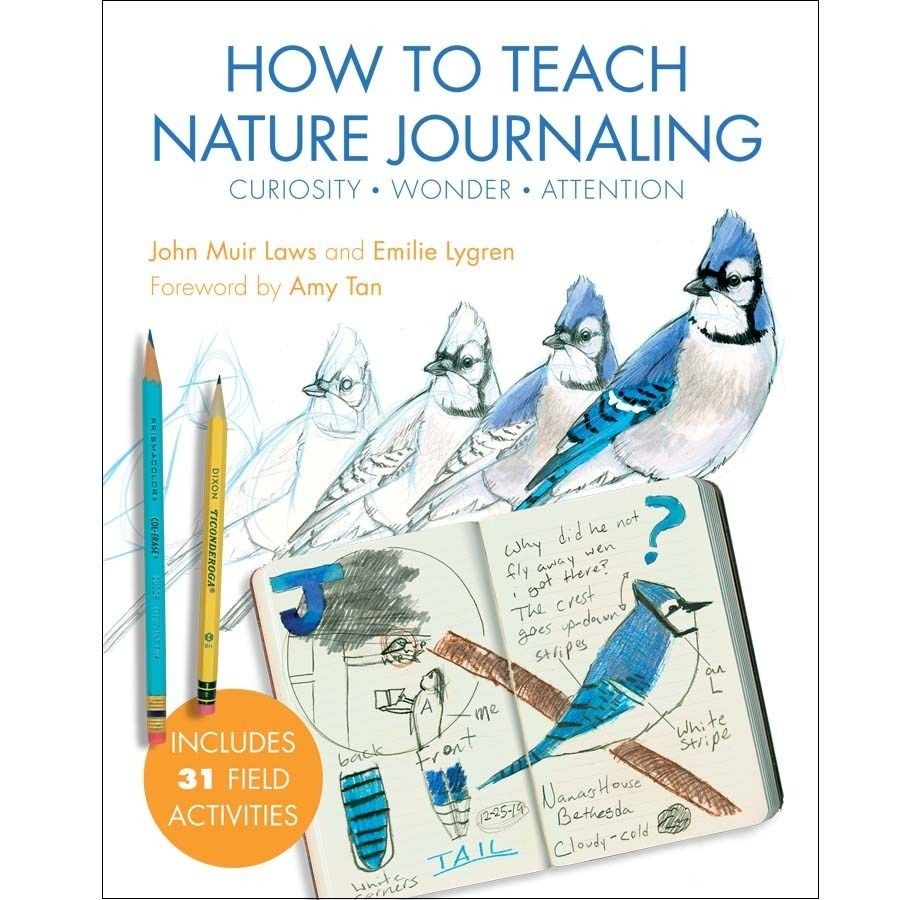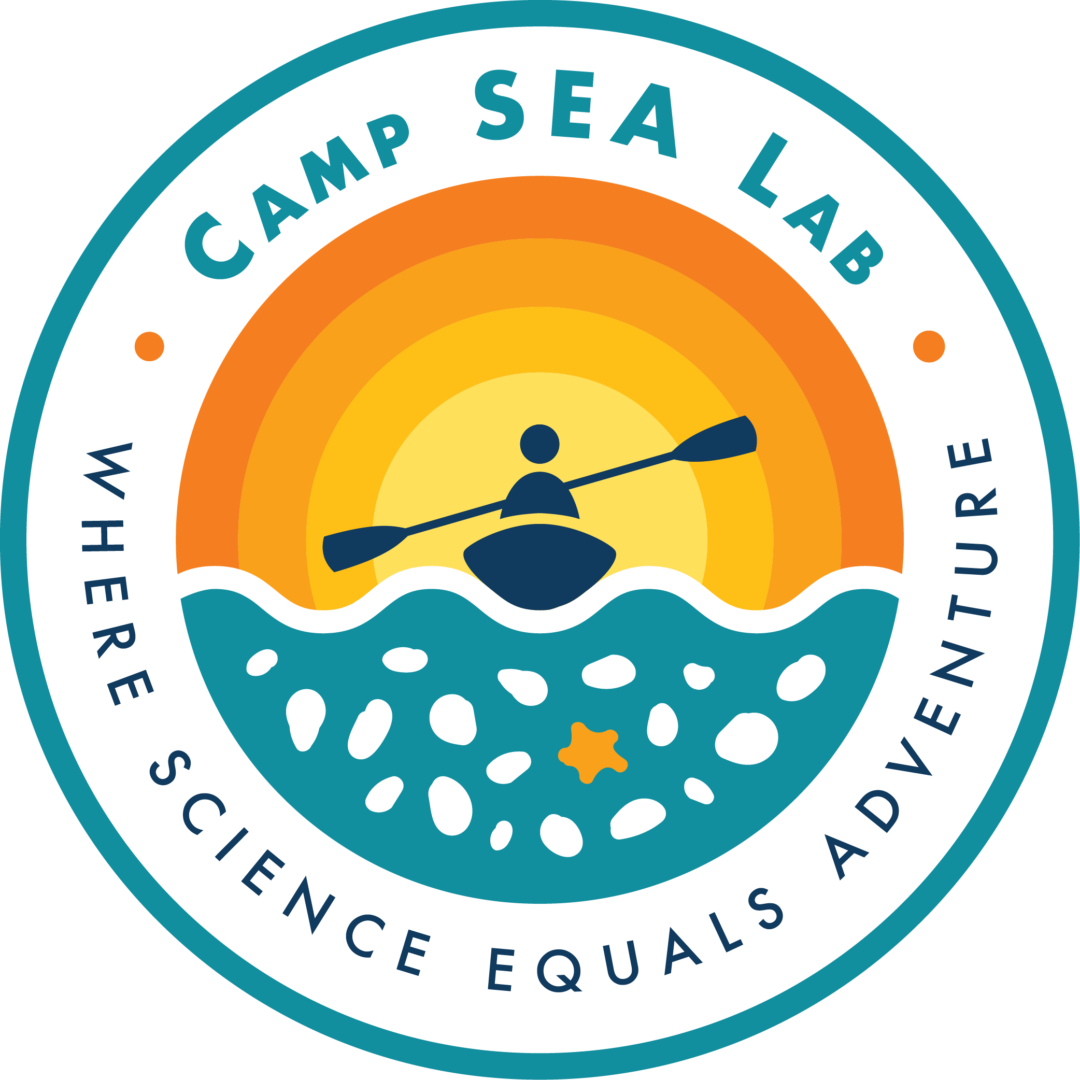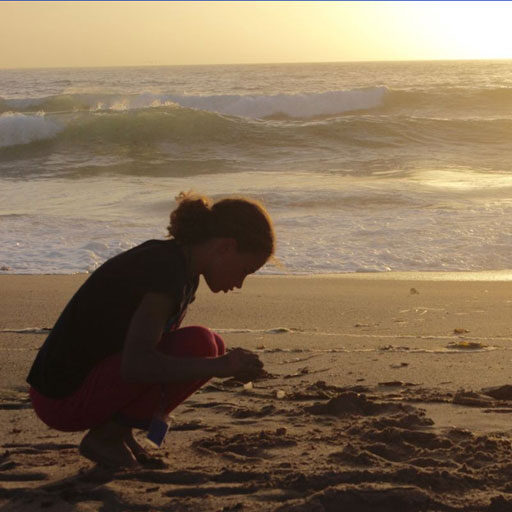Creative Craft
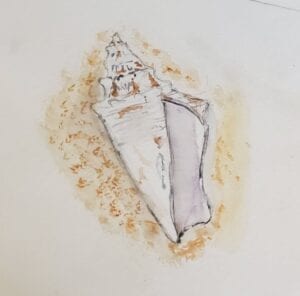
Become a Science Illustrator!
Goal: Develop your skills for detailed observation. Learn different features of some of your favorite animals, plants, and items from nature.
Grades: All Ages
Background: Scientific Illustration is one of the many different careers we highlight at Camp SEA Lab. Nature journals are an excellent scientific tool for observation, creativity, and discovery.
Materials:
- Item/animal/plant you are illustrating
- Journal or paper
- Pencil
- Watercolors
- Colored Pencils
- Computer
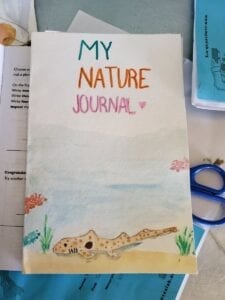
Method:
- Make a nature journal. You either find a journal that is already premade or create your own.
- Choose a subject. You can start with something nonmoving, like a shell, plant, or another item from nature around the house. Spend time examining your subject.
- Draw your subject in detail. Notice the different textures and features that make it unique and replicate those in your work. Fill in color with watercolors or colored pencils.
- After your image is complete, research your subject to learn the scientific names of the different parts, and use this research to label the image.
- Once you've gotten comfortable with nonmoving subjects, find living creatures to illustrate. Visit the beach, go to tide pools, look for animals near your home, or use zoo and aquarium live cameras to illustrate some of your favorite animals. Make sure to label them too!
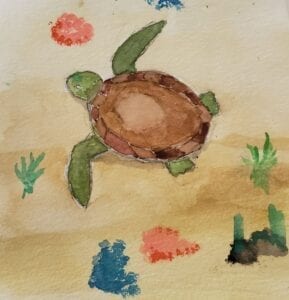
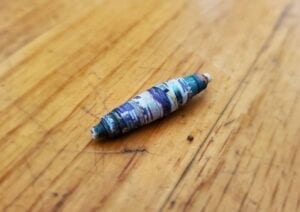
Upcycle old magazines and newspapers into jewelry!
Goal: Have fun, make beads, and divert paper out of the waste stream and into something beautiful.
Grades: All Ages
Background: Upcycling is the process of reusing materials in such a way as to create a product of higher quality or value than the original. Paper degrades in value after it is recycled. By upcycling paper, we divert waste out of the waste stream and turn it into something, fun, fashionable, and eco-friendly!
Materials:
- Old newspaper or magazines
- Scissors
- Glue
- Wooden skewer, chopstick, or toothpick (this will determine the size of the hole in the middle of the bead)
- String
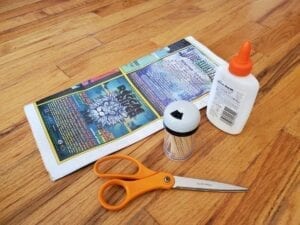
Method:
- Choose a piece of paper with the colors that you would like for your bead. Cut the paper into a long, tapering triangle.
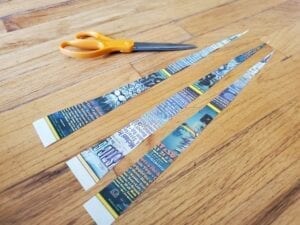
- Turn the paper over. Place your skewer (or toothpick or chopstick) at the base of the triangle.
- Dab the length of the paper with small amounts of glue or use a glue stick along the full length of the triangle.
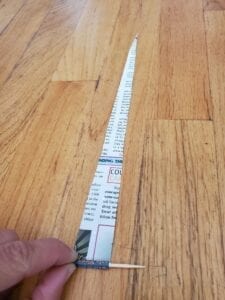
- Roll your paper from the base towards the tip, keeping the triangle as centered as possible.
- Roll most of the way to the tip, then add a bit more glue to the tip before rolling that into the bead as well.
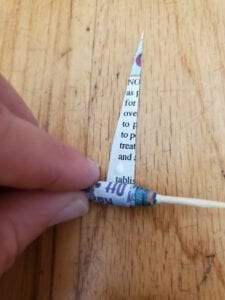
- Pull your bead off of the skewer. Ta da! You have created a paper bead.
- Make many beads to string into a necklace, turn them into earrings, get creative!
Outdoor Exploration
Under construction. Coming soon!
Conservation-at-home
Under construction. Coming soon!
Virtual Resources
At Camp SEA LAB, we love exploring one of Monterey Bay's unique treasures, the Elkhorn Slough. This beautiful and biologically diverse estuary is an incredible habitat for migratory birds, resident sea otters, harbor seals, and sea lions, and a wide range of native plants and animals. It is a critical part of our watershed, and plays an important role in helping the environment by purifying the water and sequestering carbon.
Elkhorn Slough has many digital resources to offer. You can participate in sea otter population studies on their live webcams, take a virtual walkabout to learn more about the plants and animals in the reserve, and chat with a naturalist during their Monday Livestreams.
Located just north of Santa Cruz, Año Nuevo Reserve is a part of the University of California’s Natural Reserve System and is home to thousands of marine mammals and birds.
Every year, up to 100,000 people visit the reserve to observe elephant seals. However, the nearby Año Nuevo Island is only visited by researchers and conservation groups that study the many species of nesting birds as well as marine mammals that frequent its shores.
Now the public has the opportunity to get an up-close look at the island, while also helping researchers count the seals and sea lions that call Año Nuevo home. Take a trip around the island to explore the abundance and distribution of life on Año Nuevo Island, and get involved in important scientific research!
By identifying and counting the animals in the drone photos, you can be part of a collaborative project to better understand how many seals, sea lions, and birds are on Año Nuevo Island during different times of the year, and how the population sizes fluctuate between years.
John Muir Laws is a well-regarded local nature journalling author. His most recent book, co-authored with educator Emilie Lygren, is available to download for free. It is called "How to Teach Nature Journaling" and has 31 fun field journaling activities that hone observation skills and build curiosity and wonder about the natural world.
